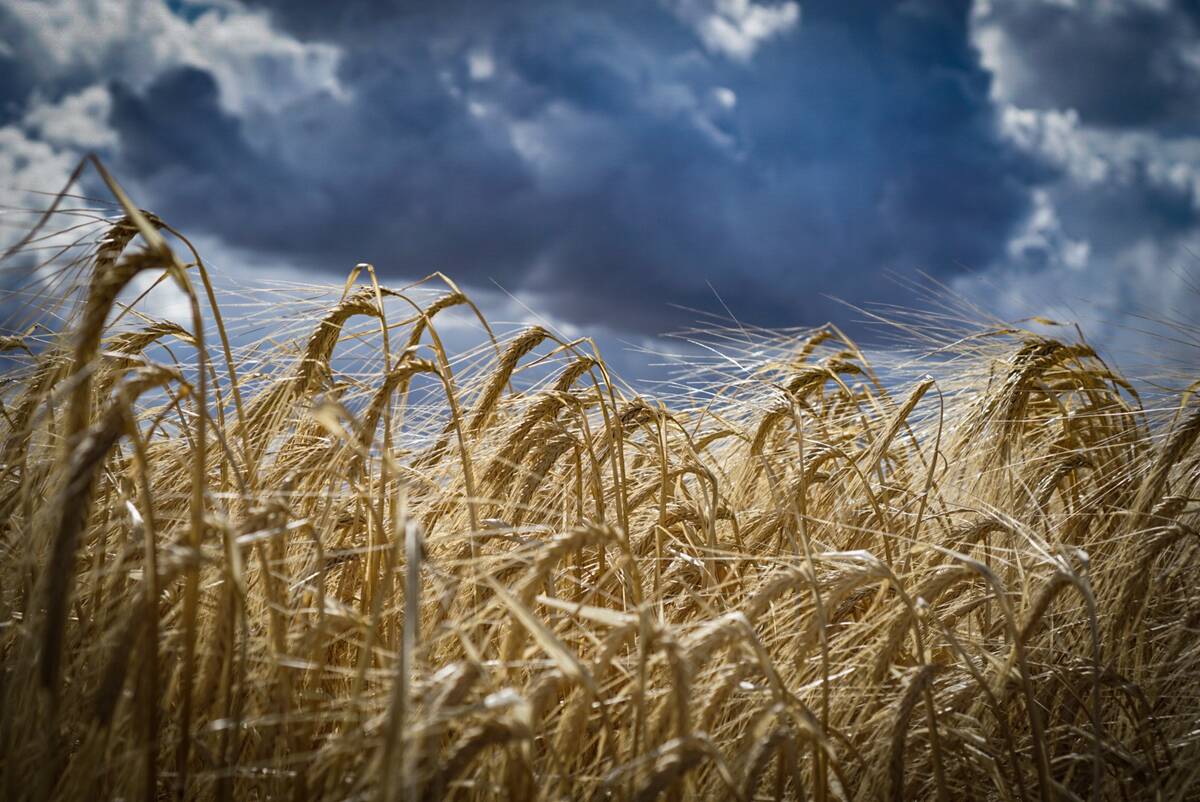A Washington feedlot owner is suing the United States Department of Agriculture over its country-of-origin labelling law.
“We think it is a flawed law. They should set aside the COOL rule as it pertains to beef and rewrite it,” said Cody Easterday Oct. 31.
He said the law contradicts the North American Free Trade Agreement and is disrupting business between Canada and the northwestern states.
He feeds Canadian cattle at his operation and ships them for slaughter to Tyson Meats at Pasco, Washington. However, there are frequent scheduling difficulties because the plant will only accept Canadian-born animals on certain days.
Read Also

Malting barley exporters target Mexican market
Canada’s barley sector is setting its sights on the Mexican market to help mop up some of the lost demand from China
Cattle have been classified in three ways under the U.S. law that came into effect Sept. 30. Category A means those born and raised in the U.S., B cattle are Canadian-born feeders fed in the U.S. and C cattle are Canadian animals imported direct for slaughter.
Packers are now buying cattle at discounted prices and retailers are selling Canadian derived beef for less than American beef, although it is of equal quality and subject to the same food safety and inspection regulations as the U.S. product, said Easterday.
“This is not a safety program. It is a marketing law,” he said.
Easterday Farms also filed for a court injunction to prevent COOL from going into effect, but the suit was rejected. He does not expect his latest case to proceed until January and has no insight into how a new government may address the labelling law.
“Trade between Canada and the (U.S.) northwest has to happen for us both to prosper. The border has to stay open,” he said.
For Canadians, market access remains a significant challenge with restrictions on entering the key markets of U.S. and Asia still in place, said John Masswohl of the Canadian Cattlemen’s Association (CCA).
He told a producer meeting in Cochrane, Alta., that if Canada had full access to Asia, the American market disruptions would not seem so serious.
The U.S. labelling law has created confusion because of changing interpretations of the rule from the regulators and processors.
“The rules of this game seem to be changing weekly,” he said. “Over time we will get back to our normal patterns, but the basis has dropped as a significant lasting thing.”
Masswohl warned there will be no quick resolution to COOL so Canada must find ways to cope. The Canadian pork and beef industries are urging the federal government to launch a challenge under World Trade Organization rules.
“This is a long process and it is not guaranteed we are going to win and it is not guaranteed that the U.S. will comply,” he said.
An Oct. 23 letter to prime minister Stephen Harper from the CCA requested a high level government envoy dedicated to negotiate the restoration of trade for Canadian cattle and beef.
The letter also said COOL is reducing the value of Canadian cattle at a rate approaching half a billion dollars per year.
Producers are being asked to document losses attributed to COOL. They need to record the day and evidence, such as being offered lower U.S. packer bids because of the law. They need to submit the information to the CCA office as well as to agriculture minister Gerry Ritz.
“Everybody knows it will do harm but it is hard to attribute it all to COOL,” said CCA president Brad Wildeman.
“People need to understand right now we are seeing the worst of it.”.
The law is new and there is confusion among all the trading partners at a time of economic crisis in the U.S.
“When you have uncertainty, and we saw this during BSE, you get market paralysis,” Wildeman said.
Producers also need to regularly call their members of Parliament and explain the importance of the issue so it can be taken to the caucus table and action initiated, he said.
The COOL regulation is not finalized and it is hoped modifications are made to the final rule.
The CCA has posted the most recent list of U.S. plant processing schedules and the latest information on COOL requirements on its website at www.cattle.ca.















